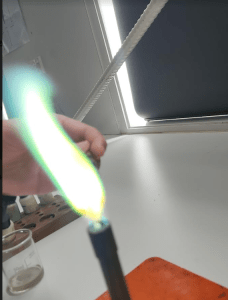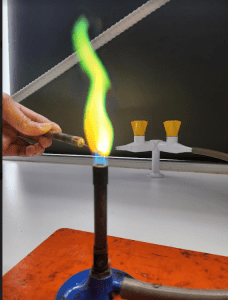- What is climate change?
Climate change refers to long-term changes in the Earth’s climate, particularly in temperature, precipitation patterns, and weather extremes. While Earth’s climate has naturally varied over millions of years due to factors like volcanic activity, solar cycles, and shifts in Earth’s orbit, the current changes are primarily driven by human activities, especially since the Industrial Revolution.
What is causing climate change/global warming?
Burning of Fossil Fuels
- Coal, Oil, and Natural Gas: When burned for energy, fossil fuels release large amounts of carbon dioxide (CO₂), a potent greenhouse gas that traps heat in the atmosphere.
- Power Plants, Vehicles, and Industry: These are significant sources of CO₂ emissions. Transportation alone accounts for about a quarter of global carbon emissions.
One of the primary products of combustion is carbon dioxide (CO₂). When fossil fuels such as coal, oil, or natural gas are burned to produce energy, carbon stored in these fuels combines with oxygen in the air, releasing CO₂ as a byproduct.
CO₂ is a greenhouse gas, meaning it traps heat in the Earth’s atmosphere. Normally, the Earth’s atmosphere contains a balanced amount of greenhouse gases that help maintain a stable temperature by retaining some of the sun’s heat while allowing the rest to escape back into space. However, the excessive CO₂ released by human activities—primarily from burning fossil fuels—enhances this greenhouse effect, trapping more heat than natural levels would.
Why do ākonga (students) throughout Aotearoa and globally want to go on strike from school and protest?





